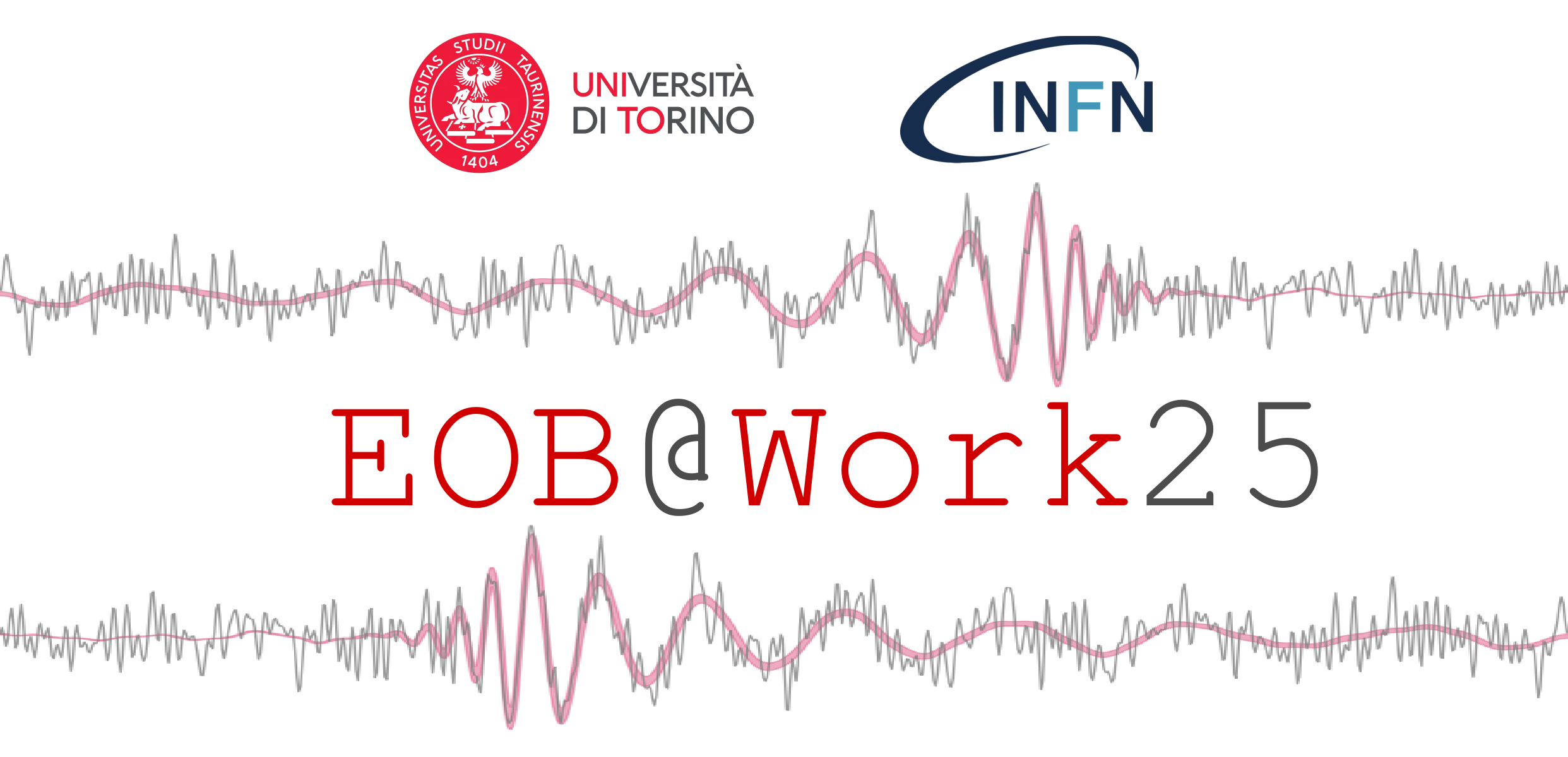EOB@Work25: 10 years of gravitational wave detections
INFN Torino

The effective-one-body (EOB) framework is a powerful analytical tool for the solution of the two-body problem in general relativity and beyond. The EOB approach is used to design waveform models for gravitational-wave (GW) astronomy and more in general to explore the two-body dynamics incorporating perturbative and numerical results in a unified framework.
EOBAtWork2025 is the fourth of a series of workshops aimed at starting a collaborative research effort at the frontiers of EOB development. The workshop is informal and technical. It alternates discussions with hands-on sessions.
The topic of this year's workshop is:
Interplay between eccentricity and spin precession
On Wednesday 3rd we will have special lectures of Thibault Damour, dedicated to 25 years of the EOB approach, and of Aaron Zimmermann on 10 years of gravitational wave detection. These lectures are addressed to a non gravitational-wave expert audience.
After the lectures we will have the workshop social dinner at the vengan-friendly Mezzaluna restaurant. If you wish to join, please confirm your attendance by emailing rgamba@berkeley.edu. If you plan to bring a guest who is not registered for the conference, kindly include that in your response so we can reserve the appropriate number of seats.
